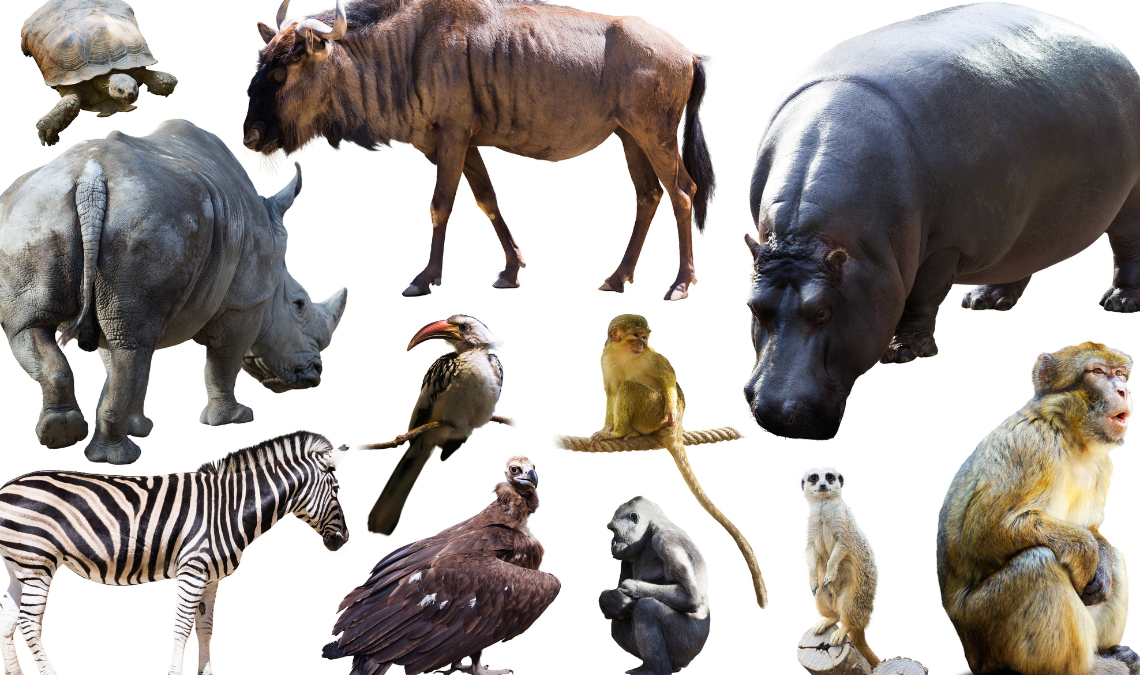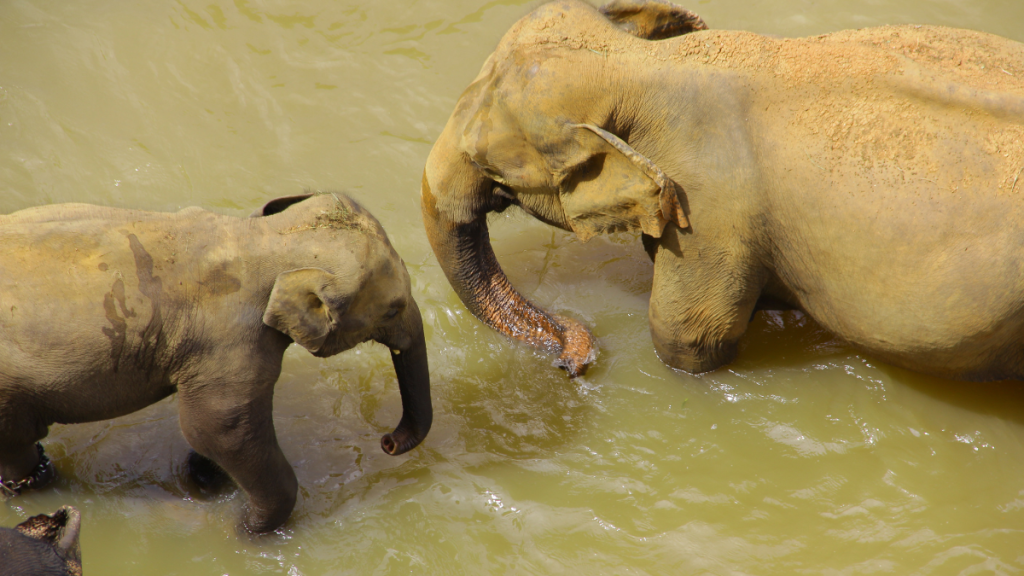
Did you know that animals can be divided into two main groups: vertebrates and invertebrates? Curious to learn how to distinguish between them? Let’s learn together!
What are Vertebrates?
Vertebrates, the more intricate group of animals, possess a backbone or spinal column. Strong ligaments connect a series of bones called vertebrae in this backbone, providing essential protection for the delicate spinal cord. Mammals, birds, reptiles, amphibians, and fish all fall under this category. With their well-developed skeletal systems, these creatures have evolved a myriad of adaptations to thrive in diverse habitats. Mammals, for instance, boast warm-bloodedness and hair or fur coverings, enabling them to regulate body temperature and inhabit various environments, from icy tundras to scorching deserts.

Features of Vertebrates
- Backbone: The defining characteristic of vertebrates is their backbone, which provides structural support and safeguards the delicate spinal cord.
- Internal organs: Vertebrates possess well-developed internal organs, including a heart, lungs, and a complex nervous system.
- Mobility: Vertebrates, aided by their muscular systems and specialized appendages, generally exhibit greater mobility compared to their invertebrate counterparts.
What are Invertebrates?
Unlike vertebrates, invertebrates do not have a spinal column or backbone. This group of animals consists of a huge variety of creatures that inhabit our planet’s diverse ecosystems. Among them are insects, spiders, worms, mollusks, jellyfish, and crustaceans.
Features of Invertebrates
- Exoskeleton or Hydrostatic Skeleton: Invertebrates have devised various mechanisms to support their bodies, such an exoskeleton (as seen in insects), or a hydrostatic skeleton (found in worms) which helps maintain their shapes and provides protection.
- Simple Nervous Systems: While invertebrates possess simpler nervous systems compared to vertebrates, they exhibit remarkable behaviors and adaptations.
- Reproduction: Invertebrates employ a wide variety of reproductive strategies, ranging from external fertilization (common in many aquatic invertebrates) to internal fertilization (as seen in insects)
Both vertebrates and invertebrates contribute significantly to the intricate web of life on our planet. While vertebrates showcase a more complex anatomy and diverse behaviors, invertebrates dominate in terms of sheer number and ecological importance. Get access to Pandai Premium to learn in detail about this topic.
Log in or Sign Up at www.pandai.org | Download Pandai App now via Google Play or App Store
Follow us on our Social Media Now for more updates!
Facebook | Twitter | Tiktok | Instagram
#SenangJeNakPandai

